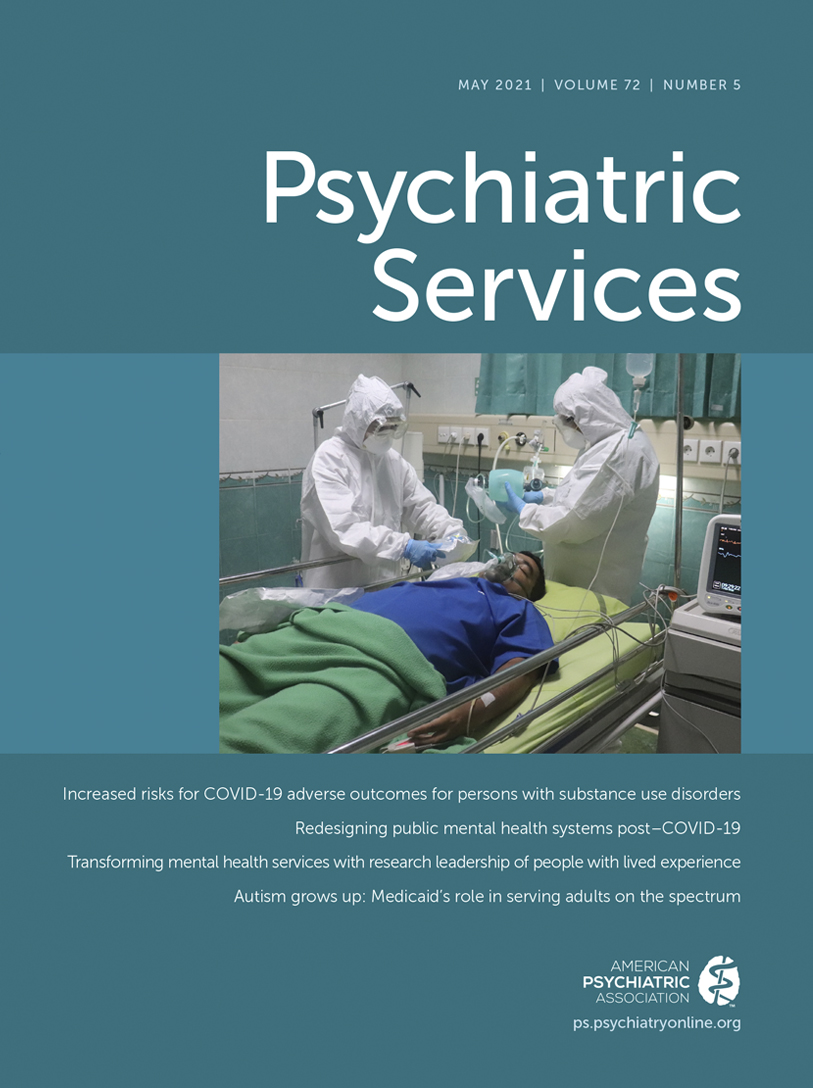Racial and Ethnic Differences in Depressive Profiles of Child Welfare–Involved Families Receiving Home Visitation Services
Abstract
Objective:
Profiles of depressive symptoms were identified among Hispanic, Black, and White parents involved in the child welfare service system, including changes in symptoms over time.
Methods:
Participants (N=2,109) were parents receiving SafeCare, a home visitation intervention provided in a large, diverse child welfare system. Depressive symptoms were assessed with the Centers for Epidemiological Studies Depression Scale at baseline and at approximately every sixth home visit, up to a total of four times. Univariate tests examined the relationship between baseline symptoms, race-ethnicity, and service participation. Latent class growth analyses identified trajectories of depressive symptoms during participation in child welfare services.
Results:
Participation in services was affected by depressive symptoms. Forty percent of parents did not remain long enough in the program to complete a second CES-D assessment, and those who reported more symptoms at baseline were significantly less likely to do so. Among parents who engaged in services, distinct profiles of depressive symptoms emerged that differed by race-ethnicity. For non-Hispanic Black parents, no changes in depressive symptoms over time were noted, regardless of level of severity at baseline. Parents with the highest levels of symptoms did not improve over time.
Conclusions:
Despite receipt of supportive and recovery-oriented services specifically focused on empowering child welfare–involved parents, many experienced elevated depressive symptoms. Integration of child welfare and community mental health systems may improve both service engagement and mental health among child welfare–involved families.



